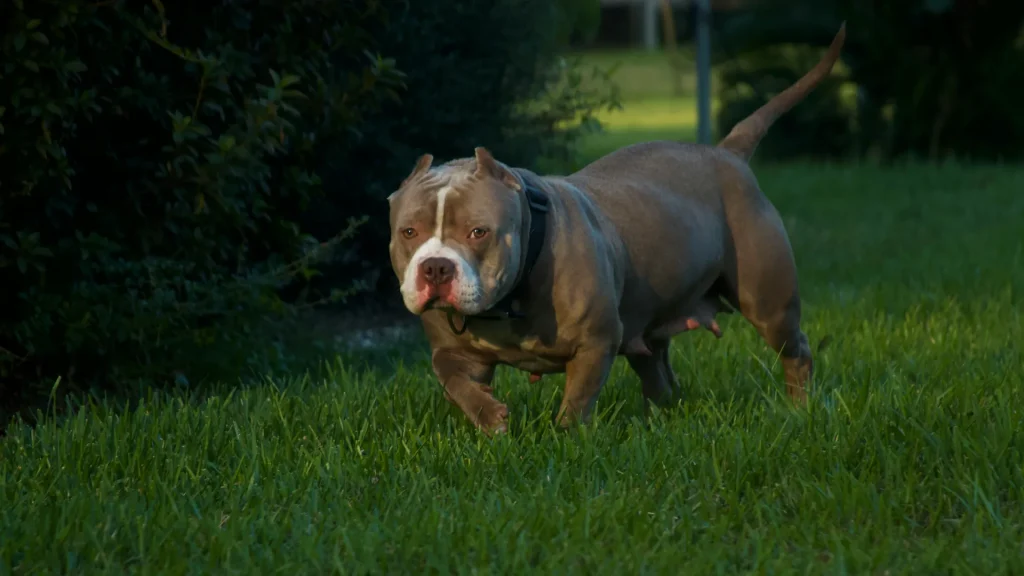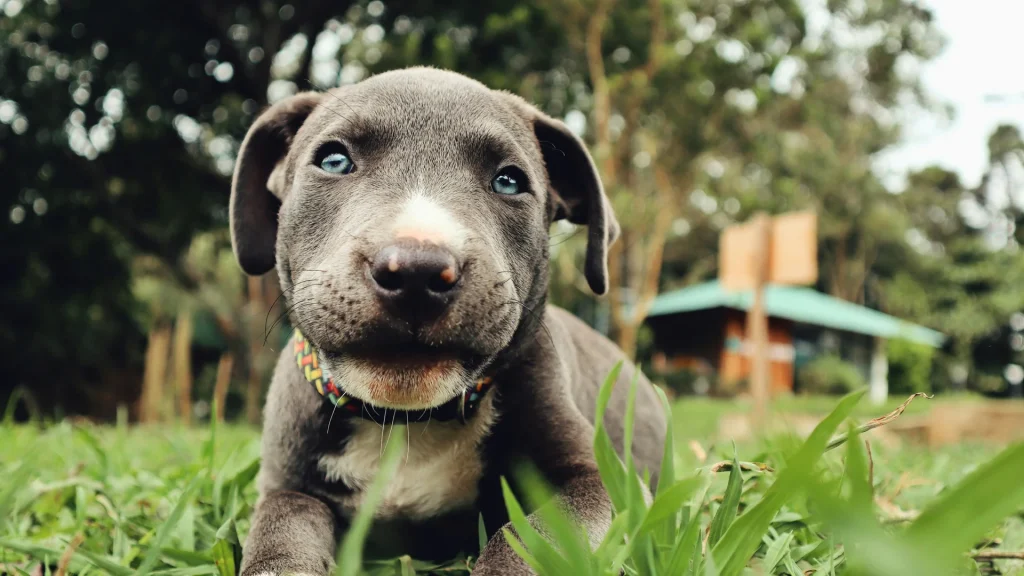More Than Just a Cute Face
Choosing a puppy is an exciting moment-but when it comes to American Bullies, it’s also a big decision. These dogs come in different sizes and temperaments, and the right choice depends on your family’s lifestyle, space, and experience with dogs. Picking wisely now sets the stage for a happy, healthy companion for years to come.
Know the Bully Varieties
The American Bully isn’t a one-size-fits-all breed. The American Bully Kennel Club (ABKC) recognizes several types:
- Pocket: Compact, under 17 inches tall, perfect for smaller homes.
- Standard: The balanced middle ground, 17–20 inches tall.
- Classic: Same height as Standard but with a lighter, athletic frame.
- XL: The giant of the group, over 20 inches, weighing up to 130 pounds.
Understanding these categories helps you decide which size matches your space and energy level. For example, a busy family with lots of yard space may handle an XL, while an apartment dweller might prefer a Pocket Bully.
Match Temperament to Your Family
Bullies are known for being loyal, affectionate, and protective-but just like people, puppies have unique personalities. Some are playful social butterflies, others are calm observers, and a few are confident protectors.
- Families with young children often do best with playful, easygoing puppies.
- Active households may enjoy a confident, energetic pup that can keep up on hikes or runs.
- Quiet homes may prefer a calm, easygoing companion.
Spend time with the litter. Watch how each pup interacts with people and siblings-those early clues will tell you a lot about their future personality.
Prioritize Health and Structure
Healthy puppies show it in their appearance: bright eyes, shiny coats, clean teeth and gums, and playful curiosity. Avoid pups that appear lethargic, underweight, or have discharge from eyes or nose.
Reputable breeders will provide health certificates, vaccination records, and results from genetic tests that screen for common bully issues like hip dysplasia, thyroid conditions, or heart disease. Don’t hesitate to ask questions-transparency is the mark of a good breeder.
The Breeder Matters More Than the Bloodline
Bloodlines like Daxline or Razors Edge have made names for themselves, but pedigree alone isn’t enough. The breeder’s ethics and care practices make the biggest difference. Choose breeders who:
- Raise puppies in clean, loving environments.
- Allow you to meet the parents.
- Provide full health and pedigree records.
- Focus on temperament and health over profit.
Avoid breeders who seem secretive, rush you into a purchase, or won’t answer detailed questions.
Consider Your Lifestyle
Before you bring a Bully puppy home, take an honest look at your daily routine:
- Do you have time for training and exercise?
- How much space can you offer?
- Will the dog be alone for long stretches each day?
- Are you financially ready for vet visits, food, and supplies?
Bullies are high-energy dogs. They thrive with families who can commit at least an hour a day to exercise, along with consistent training and plenty of affection.
Socialization Starts Early
A well-rounded Bully begins with early socialization. Ask breeders how they’ve introduced puppies to people, sounds, and other pets. Puppies exposed to varied environments are less likely to develop fear or aggression later in life.
Don’t Choose on Looks Alone
Color, markings, or the puppy that runs to you first shouldn’t be the deciding factors. A flashy coat won’t make up for poor temperament or weak health. Always look beyond appearances to ensure the puppy is truly the right fit.
Bringing It All Together
The right Bully puppy is the one that balances health, temperament, and lifestyle fit. By researching breeders, observing temperaments, and asking tough questions, you’ll find a puppy that doesn’t just look impressive-but becomes a loyal and loving member of your family.


